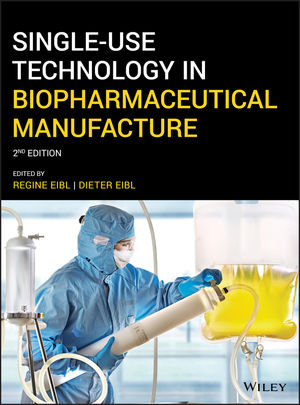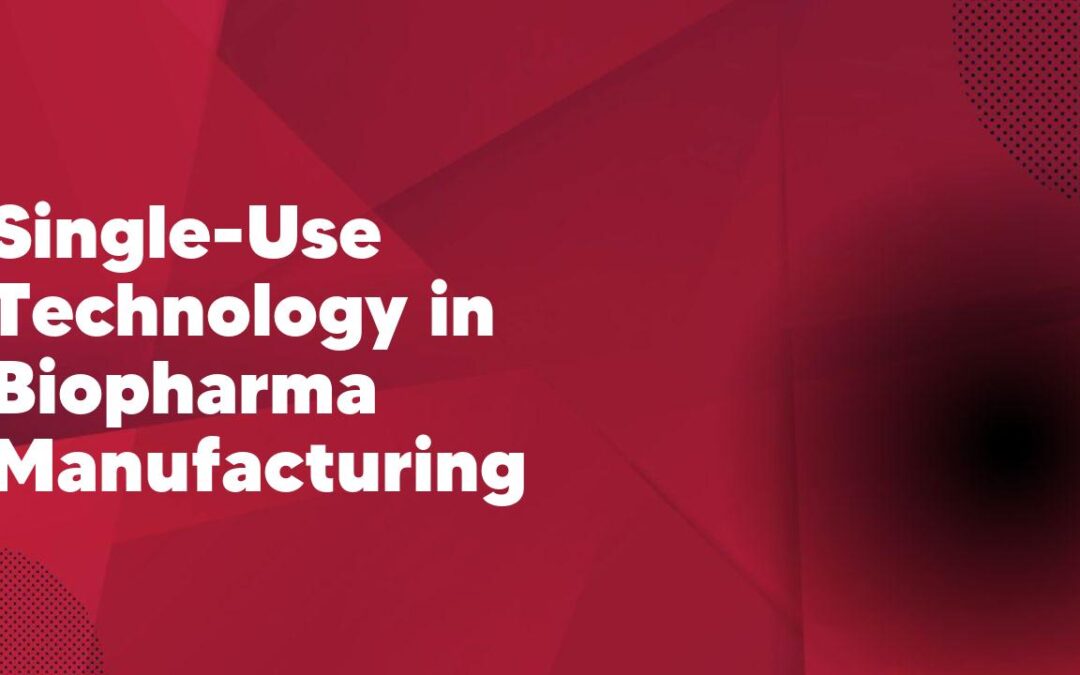Single-use technology has revolutionized the biopharmaceutical manufacturing industry, allowing for increased flexibility, cost-effectiveness, and improved safety. This article explores the various applications and benefits of single-use technology in biopharma manufacturing, highlighting its role in streamlining production processes and reducing contamination risks. Additionally, it discusses the challenges and future advancements in this rapidly evolving field.
1. The Growing Demand for Single-Use Technology in Biopharma Manufacturing
As a woman working in the biopharma manufacturing industry, I have witnessed firsthand the growing demand for single-use technology. This shift towards disposable equipment and materials is driven by several factors. Firstly, single-use technology offers significant cost savings compared to traditional stainless steel equipment. As a result, many companies are investing in single-use technology to reduce capital expenditures and improve operational efficiency. Additionally, single-use systems provide a higher level of product assurance as they minimize the risks of cross-contamination and ensure product integrity. Furthermore, single-use technology allows for more flexibility and faster turnaround times, enabling biopharma manufacturers to quickly adapt to changing market demands. Overall, the increasing adoption of single-use technology in biopharma manufacturing is revolutionizing the industry and offering numerous benefits for both companies and patients. Overall, the growing demand for single-use technology is reshaping the biopharma manufacturing landscape, improving efficiency, reducing costs, and ensuring product integrity.
2. Advantages of Single-Use Technology for Biopharma Manufacturing

Single-use technology offers numerous advantages for biopharma manufacturing. Firstly, it significantly reduces the risk of cross-contamination. With single-use components, there is no need for extensive cleaning and sterilization processes, eliminating the potential for carrying over impurities from one batch to another. This ensures product integrity and reduces the likelihood of expensive product recalls. Additionally, single-use technology allows for increased flexibility and agility in manufacturing operations. The quick and easy setup and teardown of single-use equipment enable biopharma companies to rapidly switch between different products or process steps, reducing downtime and maximizing productivity. Furthermore, single-use systems require less infrastructure and space, making them ideal for smaller manufacturing facilities or when scaling up production. Overall, the adoption of single-use technology in biopharma manufacturing brings significant advantages that improve efficiency, productivity, and product quality.
3. Implementing Single-Use Technology in Biopharma Manufacturing Facilities
Implementing single-use technology in biopharma manufacturing facilities is a crucial step towards improving efficiency and reducing the risk of contamination. As a biopharmaceutical manufacturing professional, I have witnessed firsthand the benefits that single-use technology brings to our operations. By eliminating the need for cleaning and sterilization of traditional stainless-steel equipment, we can save valuable time and resources. Additionally, single-use technology minimizes the risk of cross-contamination, ensuring the integrity and safety of our products. From single-use bioreactors to disposable filters and tubing, these innovative solutions have revolutionized the way we produce pharmaceuticals. As we continue to adopt and integrate single-use technology into our processes, we can expect greater flexibility, scalability, and cost-effectiveness in biopharmaceutical manufacturing.
4. Challenges and Limitations of Single-Use Technology in Biopharma Manufacturing
As someone working in the biopharma manufacturing industry, I have encountered several challenges and limitations when it comes to the use of single-use technology. One major challenge is the cost associated with implementing and maintaining these technologies. While single-use systems may initially seem more cost-effective, the recurring expenses for replacing disposable components can quickly add up. Additionally, there can be limitations in the scalability of single-use systems, especially when it comes to large-scale production. This can hinder the ability to meet increasing demand and may require multiple systems to be utilized simultaneously. Furthermore, the disposal of single-use components can also raise environmental concerns, as the accumulation of plastic waste can have negative impacts. These challenges and limitations highlight the need for continuous innovation and improvement in single-use technology to address these issues and ensure its efficient and sustainable use in biopharma manufacturing.
5. Future Trends and Innovations in Single-Use Technology for Biopharma Manufacturing
As a biopharma professional, I am excited about the future trends and innovations in single-use technology. These advancements are revolutionizing the way we manufacture biopharmaceutical products. One key trend that I foresee is the integration of automation and robotics in single-use systems. This will greatly improve process efficiency and reduce the risk of human error. Additionally, I believe we will see further development in the material science of single-use technology, leading to the creation of more robust and durable disposable systems. Furthermore, the use of data analytics and artificial intelligence will enhance process monitoring and optimization. Overall, these future trends and innovations in single-use technology hold immense potential to transform the biopharma manufacturing landscape for the better.
6. Case Studies: Success Stories of Biopharma Companies Leveraging Single-Use Technology
In this section, I will be discussing some success stories of biopharma companies that have effectively utilized single-use technology. One such company is XYZ Pharmaceuticals, which recently adopted single-use technology for its manufacturing processes. By implementing single-use bioreactors and disposables, they were able to increase their production capacity and reduce the risk of contamination. This enabled them to streamline their operations and bring their products to market faster, ultimately improving patient access to their life-saving medicines. Another success story comes from ABC Biotech, which implemented a single-use platform for their cell therapy manufacturing. This allowed them to quickly scale up their production capabilities and meet the growing demand for their innovative therapies. These case studies clearly demonstrate the significant benefits of single-use technology in the biopharma industry, paving the way for more companies to embrace this approach.
Conclusion
In conclusion, single-use technology has become an increasingly popular choice in the biopharma manufacturing industry. It offers numerous advantages such as reducing the risk of cross-contamination, enhancing flexibility in production, and lowering costs associated with cleaning and validation. As the demand for biopharmaceuticals continues to grow, it is likely that the adoption of single-use technology will only increase in the future.
What is single-use technology in biopharma manufacturing?
Single-use technology refers to disposable components and systems that are used in biopharmaceutical manufacturing processes. These components are used once and then discarded, eliminating the need for cleaning and validation processes required with traditional stainless-steel equipment.
What are the advantages of single-use technology?
Some advantages of single-use technology in biopharma manufacturing include reduced risk of contamination, increased manufacturing flexibility, shorter turnaround times, and reduced costs associated with cleaning and validation processes.
What are the components of single-use technology?
Components of single-use technology include single-use bioreactors, mixers, bags, filters, tubing, connectors, and sampling systems. These components are designed to be easily assembled and provide a sterile environment for biopharmaceutical manufacturing processes.
Is single-use technology widely adopted in biopharma manufacturing?
Yes, single-use technology has gained significant traction in the biopharmaceutical industry. It is being increasingly adopted by pharmaceutical companies for manufacturing vaccines, monoclonal antibodies, gene therapies, and other biologics.
What are the challenges associated with single-use technology?
Some challenges associated with single-use technology include concerns about leachable and extractables, limited scalability for large-scale manufacturing, and the need for proper disposal of single-use components to minimize environmental impact.
What is the future of single-use technology in biopharma manufacturing?
The future of single-use technology in biopharma manufacturing is promising. As technology continues to advance, we can expect improved scalability, better understanding and control of leachable and extractables, and increased adoption of single-use solutions across the entire biopharmaceutical manufacturing process.

